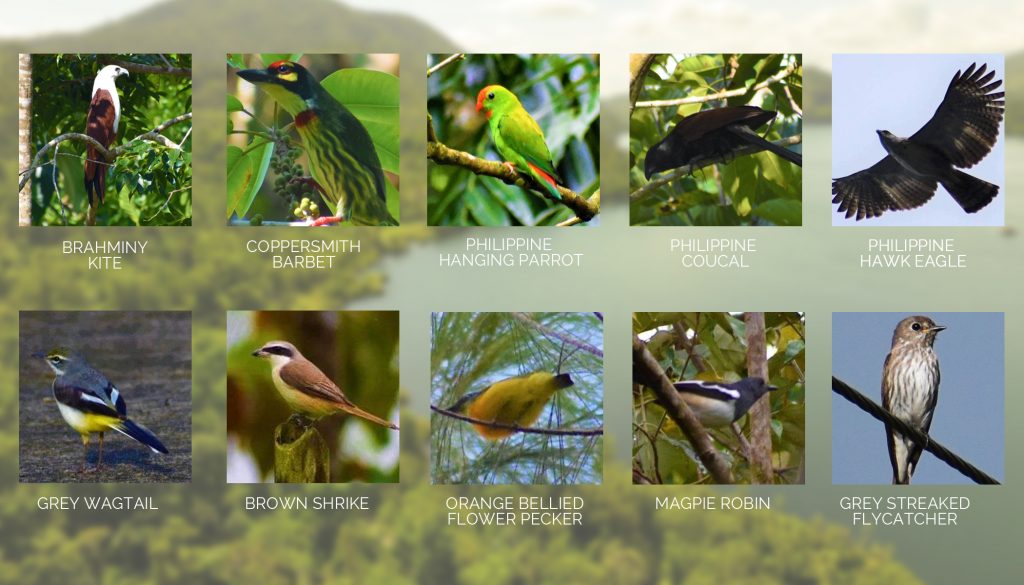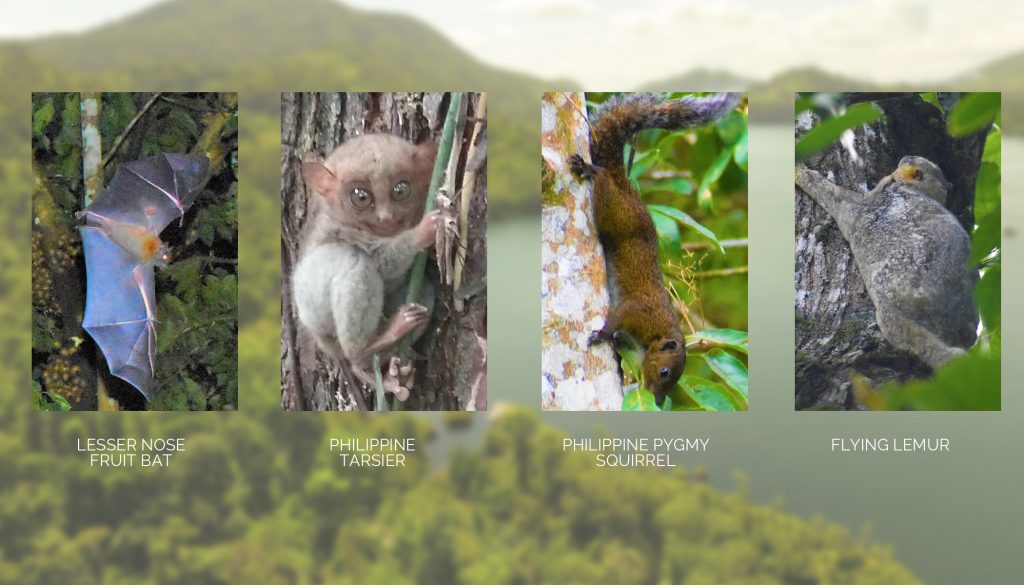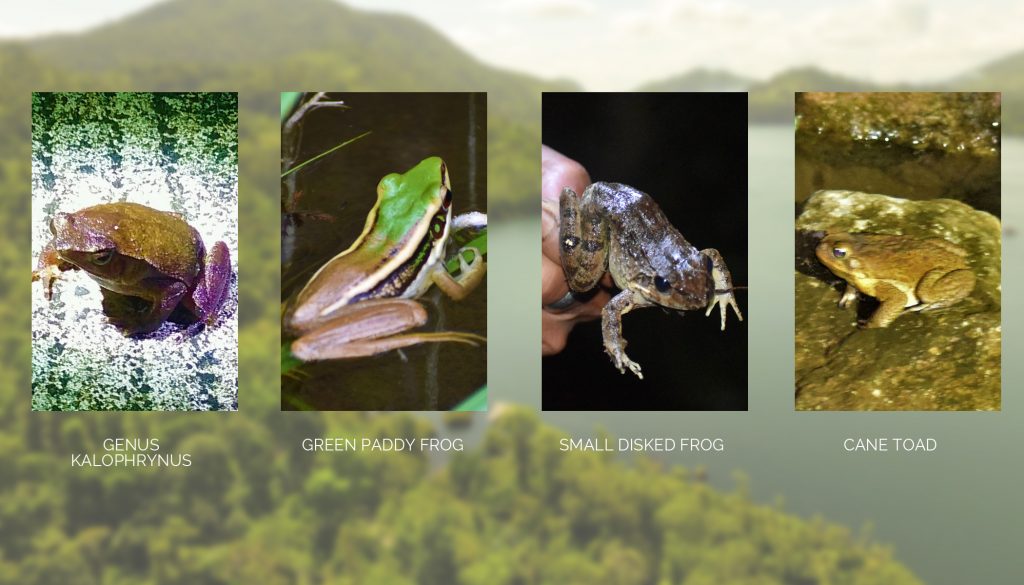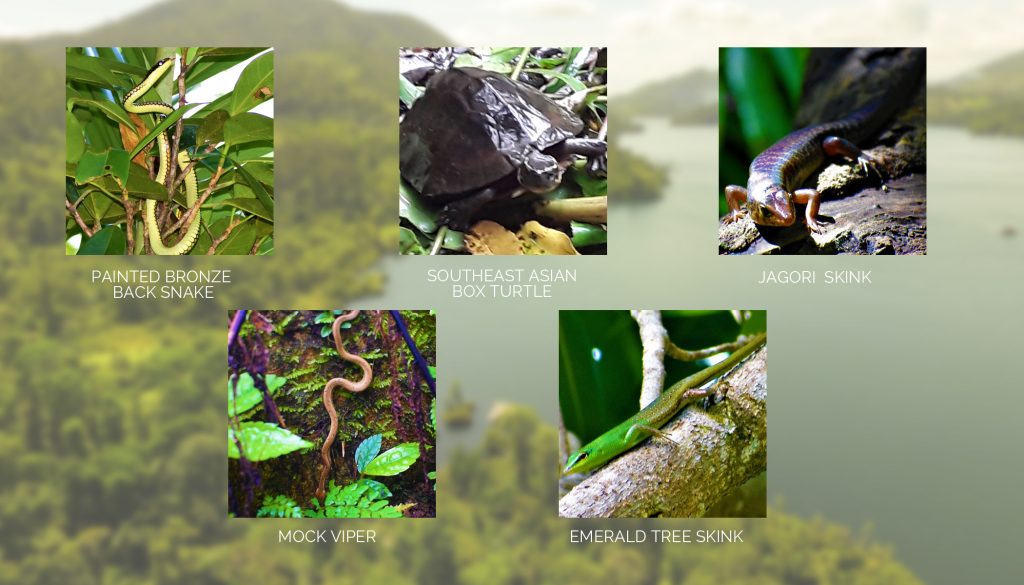Gallery
Birds

Birds occupy many levels of tropic webs, from mid-level consumers to top predators. As with other native organisms, birds help maintain sustainable population levels of their prey and predator species and, after deathm provide food for scavengers and decomposers. Birds are also important in plant reproduction through their services as pollinators or dispersers. Birds also provide critical resources for their manu host-specifi parasites, including lice that eat only feathers, flies adapted for living on birds, and mites that hitchhike on birds from plant to plant and even between countries. Some birds are considered keystone species as their presence in (or disappearance from) an ecosystem affects the ecosystem indirectly
Mammals

Mammals have important roles in the food webs of practically every ecosystem. Mammals are important members of the food chain and food webs, as grazers and predators. Mammals can feed at various levels of food chains, as herbivores, insectivores, carnivores and omnivores.
Amphibians

From the ecological perspective, amphibians are regarded as good ecological indicators. Due to high degree of sensitivity, either during tadpole stage or as adults, they respond to very slight change in the environment. Such responses have been used to indicate habitat fragmentation, ecosystem stress, impact of pesticides and various anthropogenic activities. Amphibians play a vital role in the ecosystem as secondary consumers in many food chains. Tadpoles have significant impact in nutritional cycling. They are herbivores to omnivores and are the prey items for both invertebrates and vertebrates. Adult amphibians are the best biological pest controllers. Because of their importance in the ecosystem, decline or extinction of their population has significant impact on other organisms.
Reptiles

Reptiles impose an important check on insect and rodent populations. Some of the most venomous snakesin the world such as the Indian cobra actually prevent the spread of disease-carrying rodents, even in urban centers. So their usefulness often outweighs their danger. However, far more benign reptiles also act to control population of pests. Though humans generally try to avoid interaction with reptiles, they do occasionally bear an importance that extends beyond survival and into the realm of culture. Turtles, for instance are a delicacy nad play a role in traditional Chinese medicine. In addition, the venom of a snake is used often to derive vaccines, and reptile scales are considered as a fashion statement in some cultures.
